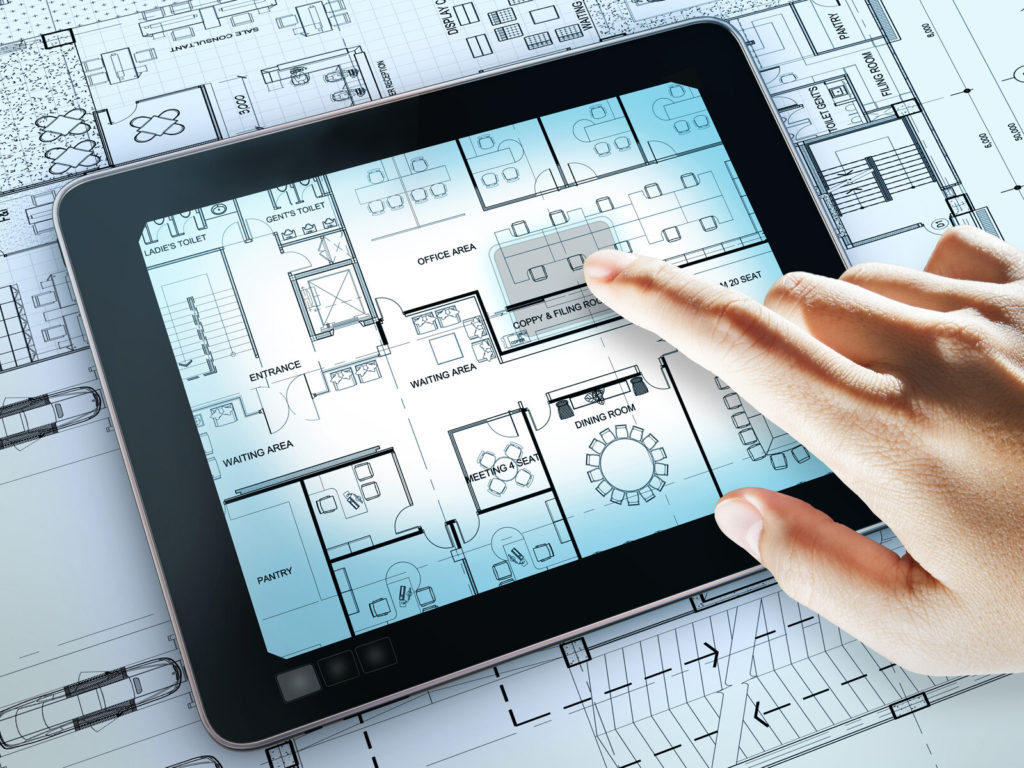
When it comes to adopting new technology, the construction industry has always faced the unique challenge of merging the psychology of craftsmen who build and think in the real world with new technology demands and opportunities of a modern, connected world. The challenges of executing meaningful change within the trades are as steep as they are varied. Successful change requires more than just new technology solutions to reap the long-term rewards of a new way of thinking about building.
As technology advanced from paper drawing to 3D modelling, architects and designers sitting at computers pushed the frontiers of construction with little need to involve the tradespeople building their projects, since they were pretty much the only ones with computers. This created a gap between the concept and design of a project and those tasked with building it, and in the early days of technology it was a manageable gap. This gap, however, slowly widened as technology advanced, but it became a chasm with the explosion of mobile technology.
While mobile technology is quickly closing the technical gap between the vision of a project and the actual finished product, the gap between the digital project and the people building it has been slower to close.
Technology always advances faster than humanity’s ability to change, so it’s not surprising tradespeople often have an “us versus them” attitude towards those “building a project in cyberspace”. While design software and technology has existed for decades, it’s really only in the last decade that tradespeople have had any digital tools to work with.
So here we are in a rapidly advancing, technology-hungry construction industry, trying to get the people tasked with actually building a project to connect to the digital model of the project as they build it. There are two keys to success when getting people who haven’t really used any technology as part of their work day to participate in digital construction.
Easy-to-use pragmatic solutions

Sure, everyone has a smartphone, probably even your oldest and grumpiest worker, but that doesn’t mean adoption of new apps and online services will be easy. They use their smartphone because it’s easy and the personal rewards for using it are worth the effort. Project managers and tradespeople are a pragmatic hands-on bunch, so the digital tools you give them should serve the company’s need for data creation and management and provide an easily definable benefit for the tradesperson. Cutting down admin time and lessening job related stress by providing them with better, more timely job information are great benefits that lead to fast adoption. Complex technology with complex intangible benefits can be a hard sell to the people turning a model into reality.
Support and Training
This is a big one. Support and training is no longer the “tech support” of the old days where computers crashed, mobile phones barely worked, and computer nerds were required to do support. What contractors need for training and support these days would best described as “technology coordinators”, people who teach employees to understand, use, and benefit from the new technology in their industry. Forward looking companies are now investing in ongoing technology education for their employees, which helps to accelerate adoption and increase benefits of deploying these types of cost and time saving solutions.
So what really makes great technology? Is it the razzle dazzle of faster servers, new programming concepts, faster connectivity, more and more and more data to massage and report on? Sure, that’s the end game, but the real secret sauce is getting your people the technology tools, training, and information they need so they can benefit from the new technology along with the company they work for.
By Joe Perraton


